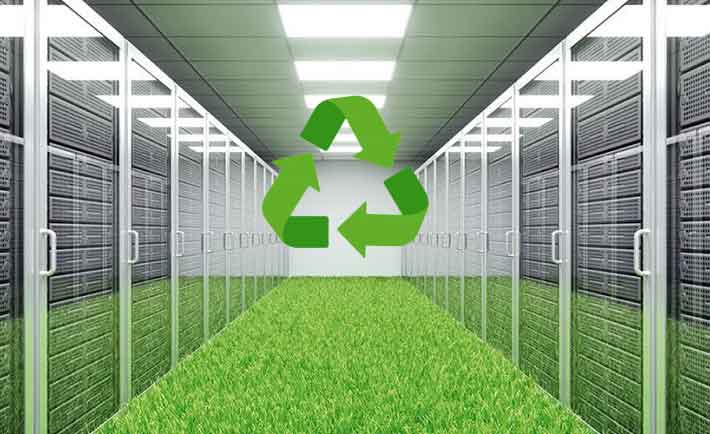Regulations and Benefits: How Much Energy Does the Mexican Government Allow You to Generate?
The pursuit of greater energy autonomy and environmental awareness has led many Mexicans to consider generating their own electricity. However, a fundamental question arises: How much energy is the Mexican government allowing you to generate, and under what conditions?
Mexico has a regulatory framework that allows distributed generation, enabling homes and businesses to produce their own electricity and even feed surplus energy into the grid under certain conditions.
The Energy Regulatory Commission (CRE) regulates this scheme and sets the rules for the interconnection of photovoltaic systems and other renewable energy sources.
Key Regulations: Distributed Generation
The main scheme for self-generation in Mexico is the Distributed Generation, defined as the generation of electricity that meets two essential conditions:
- It is carried out on-site or near the point of consumption.
- It is connected to the general distribution grid, with a capacity not exceeding 0.5 MW (500 kW).
Within this scheme, the most common modality is the Net Metering. Under this modality, if you generate more energy than you consume during a period, the surplus is fed into the CFE grid and becomes a credit that is deducted from future consumption, measured in kilowatt-hours and valid for 12 months.
Generation Limits: How Much Capacity Can You Install?
- Residential Users: They can generally install a system that covers up to their average annual consumption, adjusted for available space and local solar radiation.
- Small and Medium-Sized Businesses: They also base it on their historical consumption, but can size systems close to the 500 kW limit, always with interconnection studies and CFE approval.
Note: The actual system size will depend on energy demand, installation space, and the grid’s capacity to receive surplus energy.
Benefits of Generating Your Own Energy
- Reduction in Electricity Costs: You can significantly reduce your costs, depending on consumption, rates, and system efficiency.
- Budget Stability: Protects against unexpected fluctuations in electricity rates.
- Environmental Benefit: Contributes to reducing greenhouse gas emissions by using renewable energy.
- Energy Independence: Greater control over your energy consumption and production.
- Return on Investment: Solar systems can provide a medium-term return, depending on consumption and installed capacity.
- Credits for Surplus Energy: Surplus energy is accumulated as a credit for future bills, within the limits of Net Metering.
Interconnection Process with CFE
- Contracting with a Specialized Provider: A certified installer will advise you on the system’s size and specifications.
- Interconnection Request: Your provider will submit the request to CFE, presenting the required technical documentation.
- Feasibility Study: CFE verifies that the system is safe and compatible with the local electricity grid.
- Contract Signing: Once approved, the interconnection is formalized.
- Installation of a Bidirectional Meter: This meter records both the energy consumed from the grid and the energy fed back into it.
The Mexican government, through the CRE and CFE, allows homes and businesses to generate their own energy in a regulated manner, with limits that efficiently cover most residential and commercial consumption.
This modality offers economic, environmental, and energy independence benefits, provided the system is properly sized and interconnection requirements are met.
Generating your own electricity can be a smart strategy to move toward more sustainable and controlled energy consumption.



